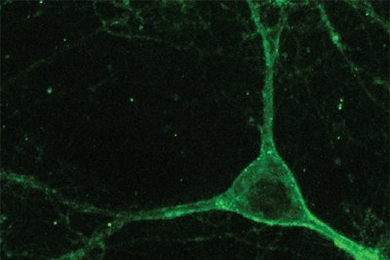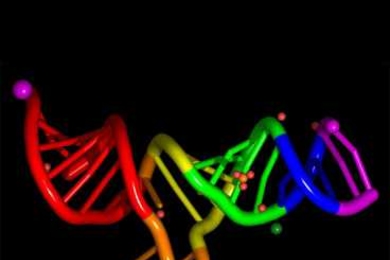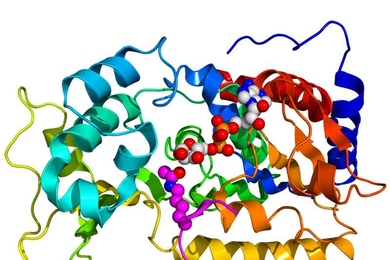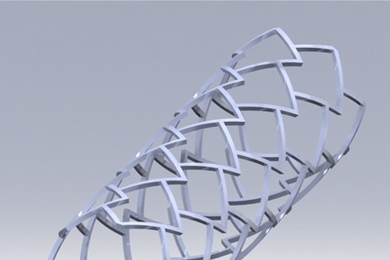Silencing the brain with light
MIT neuroengineers find a new way to quickly and reversibly shut off neurons with multiple colors of light, which could lead to new treatments for epilepsy and chronic pain.
New and improved RNA interference
Researchers use RNA interference to silence multiple genes at once. The advance, which one expert calls a ‘substantial breakthrough,’ could lead to new treatments for liver diseases.
HHMI lists Tsai team’s advance among 10 biggest stories of 2009
Howard Hughes Medical Institute honors discovery of gene protein that could lead to safer drug treatments for Alzheimer’s and other diseases.
New evidence links sirtuins and life extension
Study from Leonard Guarente shows how sirtuins act in the brain during calorie restriction to potentially lengthen lifespan.
The 'sci' behind the 'fi'
A public television program explores the ways real science is starting to catch up with the futuristic visions in Star Trek.
Reporter’s Notebook: Breaking the silence
Actress Padma Lakshmi comes to MIT to raise awareness of endometriosis and help launch the new Center for Gynepathology.
Engineering a cure
Biological engineering professor Linda Griffith launches a new center to study endometriosis and other gynecological diseases.
New computer model could lead to safer stents
Study by HST scientists shows that location of arterial stents is critical to efficient and safe drug delivery.
3 Questions: Suzanne Corkin on the world’s most famous amnesic
This week, scientists plan to slice the brain of H.M., the amnesia patient who died last year and whose condition helped shed light on how memories are formed.
One word: bioplastics
At a new plant in Iowa, MIT-rooted technology will use bacteria to turn corn into biodegradable plastics.
Explained: RNA interference
Exploiting the recently discovered mechanism could allow biologists to develop disease treatments by shutting down specific genes.
Nanoparticles for gene therapy improve
MIT team’s nanoparticles could become a safer alternative to gene therapy delivered by viruses.
Remembering David Schauer
Professor’s ‘academic family’ recalls the life and work of the infectious disease expert.
Possible origins of pancreatic cancer revealed
Tumors can arise from different cell types in the pancreas, depending on the circumstances, according to MIT cancer biologists.














